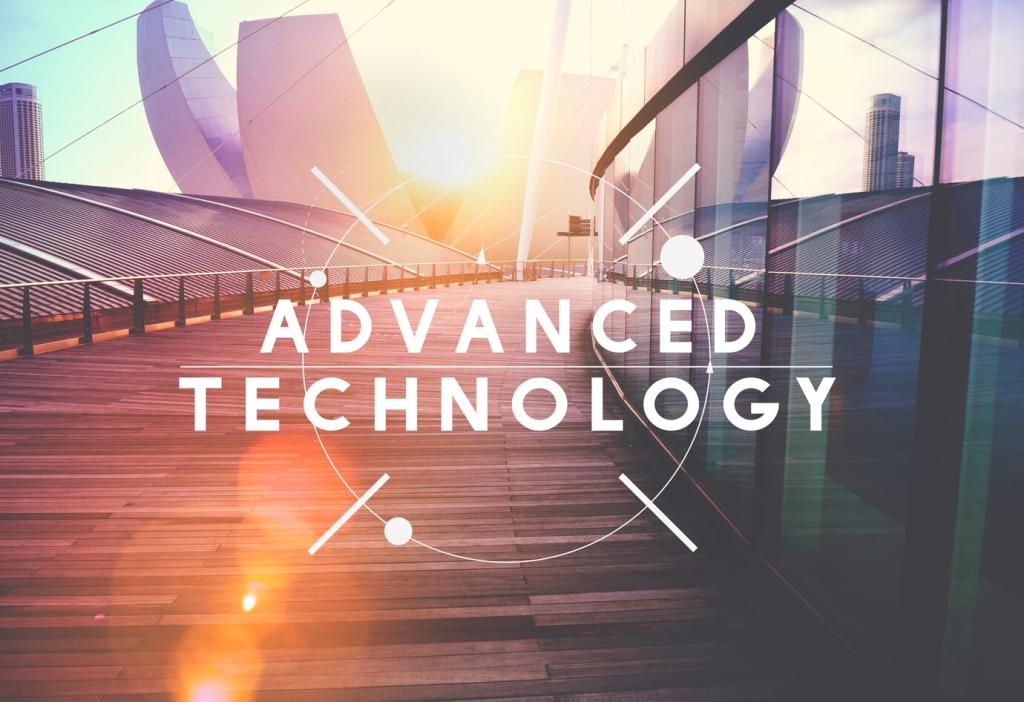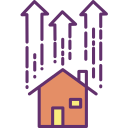How Smart Technology is Changing Property Management
Smart technology is fundamentally transforming the landscape of property management, introducing new efficiencies, improving the tenant experience, and revolutionizing how properties are maintained and operated. From automation and data analytics to remote monitoring and enhanced security, the integration of advanced technologies is streamlining operations for property managers while also creating safer and more convenient living and working environments. This evolution is not just a passing trend; it represents a pivotal shift toward more proactive, responsive, and cost-effective property management methodologies.

Intelligent Surveillance Systems
Modern surveillance systems equipped with AI-driven analytics can detect unusual activities, recognize faces, and even analyze occupancy patterns. These systems notify security personnel or property managers instantly if something out of the ordinary occurs, whether it’s an unauthorized entry or a potential safety hazard. The ability to monitor multiple areas simultaneously from a single platform also reduces the need for on-site security staff, lowering operational costs while enhancing overall building security.
Remote Access Controls
Remote access control systems enable property managers to grant or revoke entry privileges at the touch of a button, from anywhere. These systems use keyless entry technologies, such as mobile app credentials or biometrics, to replace traditional keys and keycards. This not only prevents unauthorized access but also allows for seamless deliveries, vendor visits, and emergency response. Residents benefit from a higher level of convenience, while managers gain granular oversight of building access at all times.
Emergency Response Integration
Smart technology enables the integration of emergency response systems directly into property management platforms. Fire alarms, carbon monoxide detectors, and environmental sensors can be interconnected and programmed to alert both residents and local authorities instantly if a threat is detected. Automated evacuation procedures and communication protocols further ensure a rapid and organized response. This integration reduces risk to both property and occupants, providing a crucial layer of safety that is always on alert.
Previous slide
Next slide

Using sensors and IoT devices, property managers can collect real-time data on the health and performance of building systems, including HVAC, elevators, and plumbing. Predictive analytics platforms process this data, forecasting potential failures before they occur. This allows for timely, targeted maintenance interventions, minimizing downtime and preventing costly repairs. The ability to anticipate and address issues proactively leads to higher tenant satisfaction and a more reliable property.
